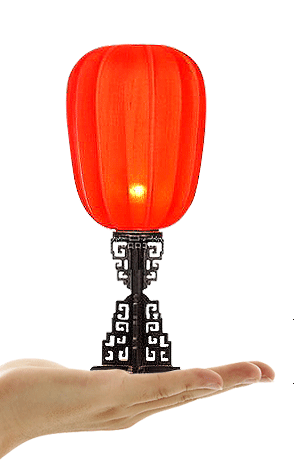High-speed Rail - Jinci Temple - Qiao's Compound
Take the high speed train from Beijing to Taiyuan. (about 3 hours) Meet your local guide and drive to Pingyao.
Jinci Temple: Jinci Temple was first built before the Northern Wei Dynasty (386-534) to memorize Shu Yu, the second son of King Wu of the Zhou Dynasty (11th century - 256 BC). After defeating the Shang Dynasty (17th century - 11th century BC), King Wu offered official posts to his followers and Shu Yu was assigned the post in Tang area, and he changed title of his fiefdom to Jin because of the Jinshui River. His offspring named the Jinci Temple for the same reason.
Qiao's Compound : The Qiao Compound is located 30 kilometers north west of the historic Pingyao city, China. It is famous for being the chief location in the film Raise the Red Lantern.
Lunch included : Chinese noodles.


 goback
goback

